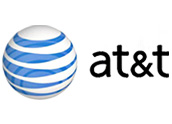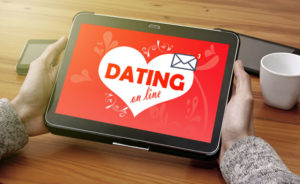Facebook on Wednesday rolled out a new set of options for its 1.5 billion monthly users to use when responding to posts in their News Feeds.
The six “Reactions,” as Facebook has termed them, allow users to make more nuanced responses to posts rather than simply clicking on “Like.”
“We’ve been listening to people and know that there should be more ways to easily and quickly express how something you see in News Feed makes you feel,” explained Sammi Krug, product manager at Facebook. “That’s why today we are launching Reactions, an extension of the Like button, to give you more ways to share your reaction to a post in a quick and easy way.”
The additional options are Love, Haha, Wow, Sad and Angry. When users scroll over the standard Like button, the new emojis pop up.
Advertising Reactions
The Reactions aren’t for users alone. They will provide Facebook with a deeper understanding of how people feel toward various posts — data Facebook potentially could use to help marketers create more meaningful content and ads, said Neal Schaffer, president of Maximize Your Social.
“I think what Facebook is trying to do is to get more information about how we engage with different types of content,” he told TechNewsWorld.
“Ultimately, I think they’re going to use that data in optimizing their algorithm — for example, to determine what content they show us in the News Feed. For marketers, there’s not much we can do until they release that data to us,” Schaffer said.
“One advantage for marketers could be that even if users didn’t necessarily press Like, maybe some of these other emotions will trigger something within them, and they’ll engage with the content,” he said.
Getting more detailed feedback on Facebook ads would be a huge advantage for marketers, noted Tammy Martin, CEO of Martin Marketing.
Instead of limiting Facebook advertisers to a black-and-white view of ad reactions and effectiveness, this addition could give them a deeper understanding of users’ attitudes toward ad content, she told TechNewsWorld.
“Right now we, as advertisers, get feedback on whether people like or dislike our ad content. We can see if people are responding negatively to ads, but beyond that we’re not getting much more. It’s sort of polarized feedback,” Martin said. “If there’s some middle-of-the-road feedback — colder or warmer — that would be helpful for marketing efforts. I see this change as benefiting advertisers in the long run.”
Facebook’s Evolution
Not long ago, Facebook added another way for people to engage: the hashtag. Although it’s a popular tool on Twitter, the hashtag never caught on in the Facebook community, Schaffer noted.
Like the hashtag, the new emojis may reflect Facebook’s effort to integrate tools that are popular with younger users into the Facebook platform.
“Facebook was behind in these kinds of stamps. They’ve been trying to bring in things from social networks of younger demographics into the Facebook platform,” Schaffer said.
“In fact, when you look at these emoji, they look really big for emoji, and you only get six different ones — whereas if you’re on Instagram and you’re using a smartphone, there are hundreds of emoji for you to choose from,” he pointed out.
“One way of looking at is that Facebook is trying to take things that the younger demographic — who are hyperactive on social and mobile — are using, and trying to standardize it and format it to the masses,” Schaffer said, “and the masses on FB are in their 30s and 40s, not in their teens and 20s.”
Another factor affecting this change is the additional time it might take a user to choose how they feel about a particular post. Before the emojis were added, Facebook users had two choices: They could like a post or not like it. Now, users must decide which emotion best represents their feelings.
That makes it not only time consuming, Schaffer pointed out, but also political. People will spend more time trying to interpret the various reactions of their friends on Facebook.
“Until now, you either liked something or you didn’t,” he said. “Now we have a wide variety of emotions which users can choose to express themselves. I’m on the fence about how many people will embrace it. In the past, it’s just been a like. Now people have to spend extra time figuring out which emotion best represents their feelings. We’re all busy, and we don’t have a lot of time. It might actually [reduce] engagement.”

















































